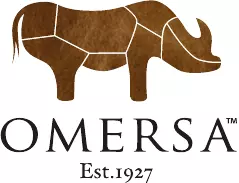Pack your animal carefully in a box and send it to us at the postal address given under contacts.
Please include a letter with your name, address, and contact telephone number and an idea of what you would like to have done to your animal.
We will contact you to confirm what we are able to do and a quote for the work. You can contact us before sending to get an idea of the cost of repair but please note that this will only be an estimate – it is often difficult to tell until we see the animal. No work will take place until approval is given and please allow 6-8 weeks for the work to be done.
After the settlement of the account, we will return the animal to you!


